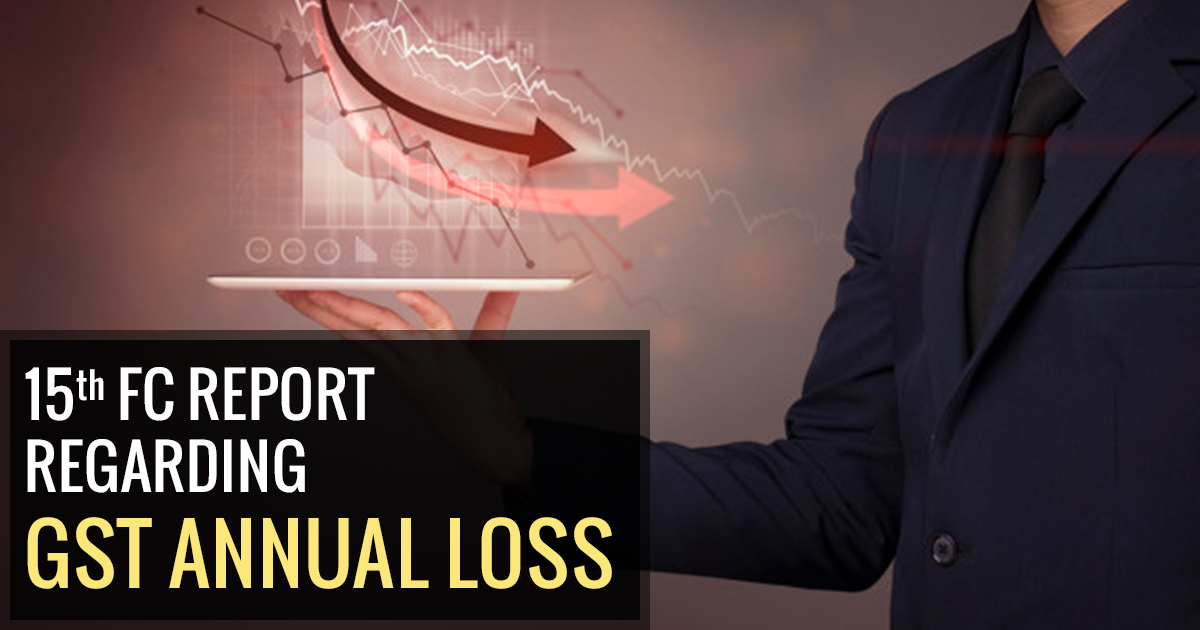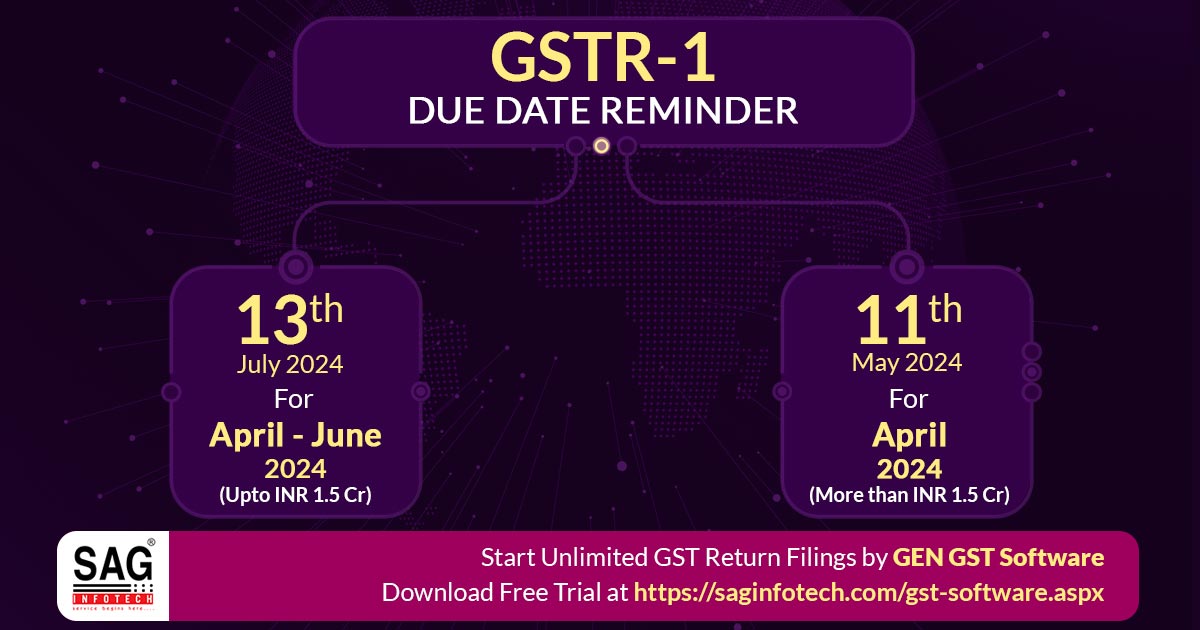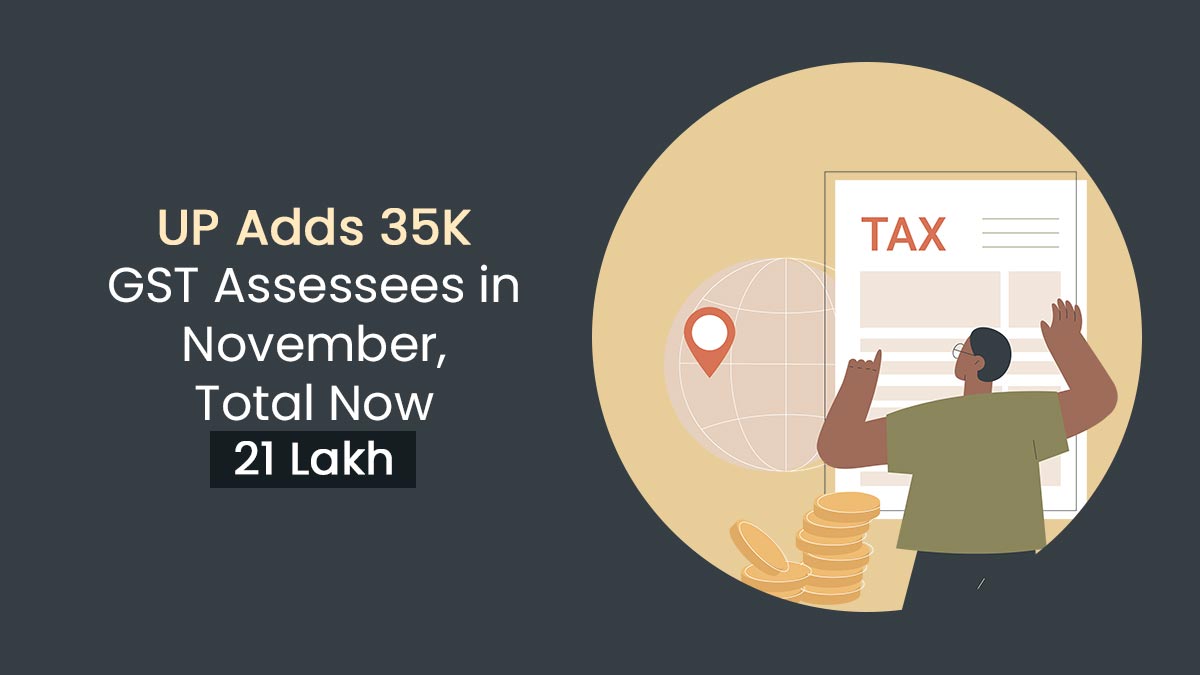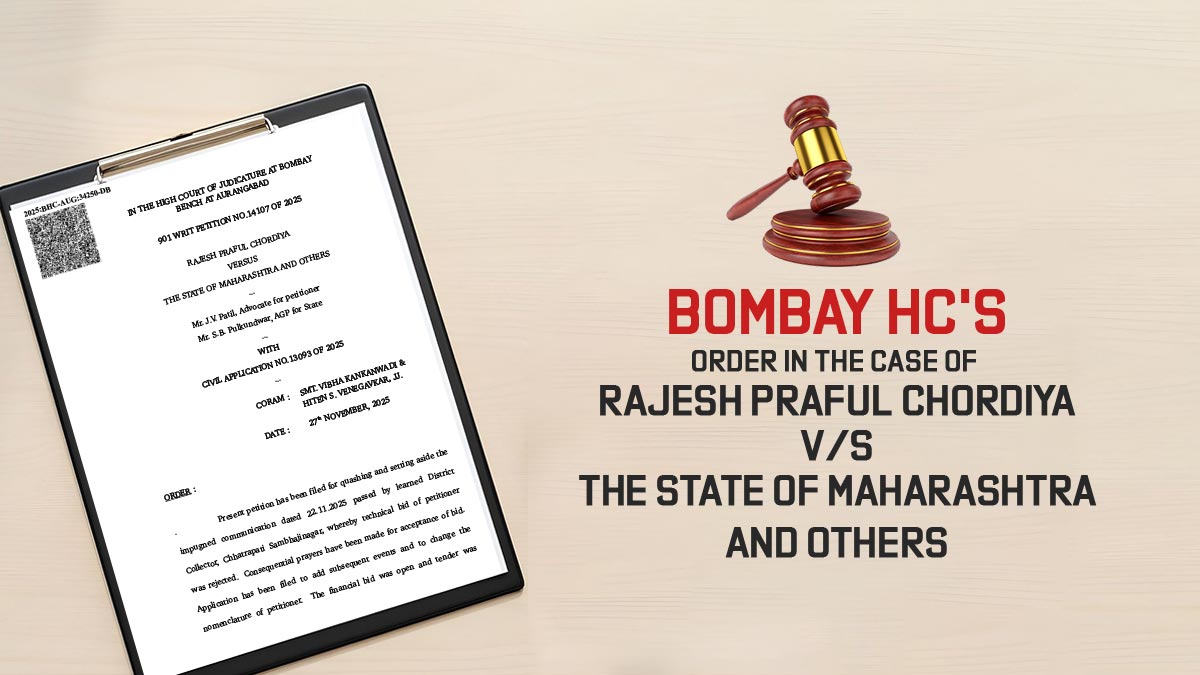The 15th Finance Commission, which is conducted by N K Singh, has recommended that the 12% and 18% slabs beneath the Goods and Services Tax (GST) be united into one conventional rate, and GST is deliberated into the 3 rate platform accompanied by the 5% merit rate and 28-30% failure rate.

For a long time, it has been the demand of the economists and opposition and furthermore, it seems that it now comes under Commission’s recommendations.
With respect to the 15th Finance commission, the international monetary fund examines that the intensified rate is 11.8% beneath the GST which is nearer to the 11.6% of the estimation of RBI.
The said rate is much diminished with 14% of the average revenue-neutral rate (RNR) that was needed for a stable transformation from the value-added tax regime excluding any revenue loss.
The GST’s effective potential is to create revenue at 7.1% of GDP whereas in the present times it has created revenue at 5.1% of GDP. Hence the revenue gap stands at 2% of GDP.
It transforms Rs 4 trillion worth of revenue loss in the present times. To make the figure heavier with respect to the subject the Centre has budgeted that Central GST (CGST) will bring it to Rs 4.31 trillion this fiscal year.
Taxes which include beneath GST were 6.3% of GDP in the duration of pre-GST (2016-17) which is more than whatever GST is. Collection efficiency is the ratio of GST collections to the product (c*r) of final uptaking expense in the economy (c) and the standard rate (r) and is a brief measure of the performance of GST.
“[sic] It stands below 50 per cent now. At the potential estimated above, it will be around 60 per cent, which is around advanced country benchmarks,”
The data which is examined has been found with inconsistencies in the data of GST returns through GSTN as well as the national accounts (by the National Statistical Office). The figure of the outward supplies through GSTR-3B returns mentioned with Rs 652 trillion in FY19, as against the sum of the value of output in the economy, which was Rs 348 trillion.
“If taxable outward supplies as per the GSTR -3B are to hold good, then the effective GST rate turns out to be 6.1 per cent, which is much lower than the effective rate derived from GSTR-1 returns 
“There is no validation within the system to establish consistency between taxable value and tax paid as per GSTR 3B,”
“With inflation being contained under the inflation targeting regime and some sluggishness in the economy, the nominal GDP growth itself is lower than expected. Hence, the protected revenue at an annualised rate of 14 per cent places a substantial burden on the GST system,”
The report shows that there is 70% of total GST revenue that goes to states because of sharing and devolution.









